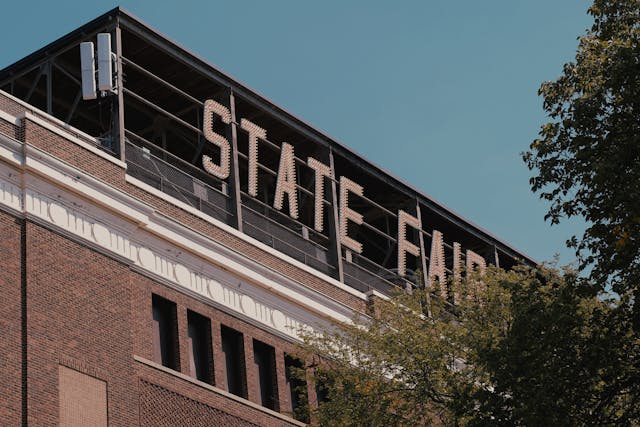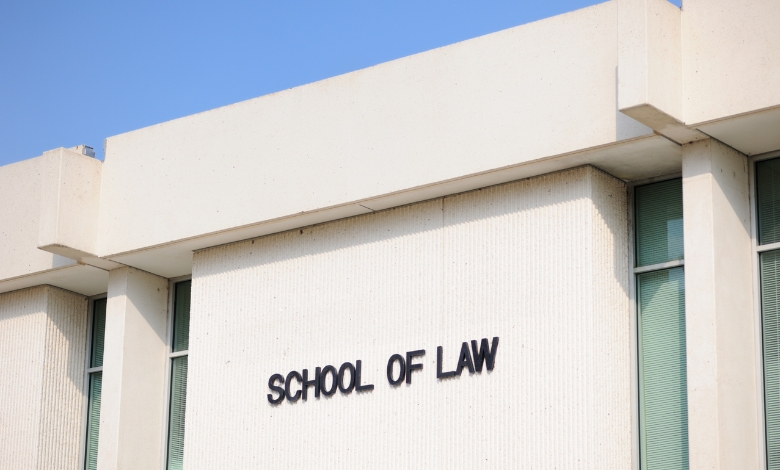The Mississippi State Fairgrounds sign dispute shows the messy mix of control, messaging, and community tension around a landmark sign.
The Mississippi State Fairgrounds sign dispute is a clash over who controls the giant digital sign, who decides what goes up, and who gets the final say. It’s about authority, messaging, and a bit of pride.
Okay, so I never thought I’d get wrapped up in a debate over a roadside sign… but here we are. If you’ve ever driven past the Mississippi State Fairgrounds, you’ve probably seen that towering LED sign flashing everything from rodeo dates to flea-market updates. At first glance, it seems harmless… just another billboard.
But here’s the thing… this sign has quietly become the center of a surprisingly heated dispute. And as I started digging, I realized it’s not just about a sign… it’s about control, identity, and the way people feel about their community.
Stick with me, because I’m going to walk you through how a simple sign turned into such a big deal, and you’ll see why it matters more than you might think.
Article Breakdown
How the Sign Dispute Started
It didn’t just blow up overnight. This thing simmered for months until someone finally said, “Wait a second… what’s actually going on here?”
The digital sign at the fairgrounds isn’t small. It’s visible from the highway, from nearby streets, and even from some downtown corners. People joke that it’s the lighthouse of the fairgrounds, guiding everyone from families to rodeo fans.
Behind the scenes, though, it sits at the intersection of land ownership, department oversight, maintenance contracts, and messaging authority. And guess what happens when too many people think they’re in charge? Chaos.
The dispute all boils down to one deceptively simple question…
Who decides what goes on the sign?
Seems like it should be simple, right? But no. Nobody agrees on the rules, and nobody has a clear answer.
Why the Sign Matters More Than You Think
Here’s the part that surprised me… the sign isn’t just a screen. It’s a symbol. A pulse of the fairgrounds itself.
Think about what happens at the fairgrounds: rodeos, concerts, state fairs, craft markets, political rallies, livestock shows… it’s like the heartbeat of the community. And this sign? It’s broadcasting that heartbeat, whether it’s meant to or not.
People argue about whether it should just give event info, whether it should reflect community messaging, or whether it should stay neutral. And that’s when a sign becomes way more than a sign… it becomes a statement.
Who’s Actually in Charge?
Here’s what I pieced together while trying to make sense of it all…
- Physical Ownership – The land belongs to a state entity.
- Operational Control – The fairgrounds are run by a department with its own director.
- Sign Maintenance – A contracted tech company keeps the LEDs running.
- Messaging Access – Different groups have historically been allowed to post.
- Community Expectations – Residents assume the sign should reflect their interests too.
See the problem? Control depends on perspective. One person says the sign is just operational. Another says it represents state branding. Someone else says it should belong to the community. And that’s exactly how a dispute spirals out of control.
The Spark That Set Everything Off
Every fight has a spark. In this case, it was a simple event announcement. A community group submitted it, waited, and nothing went up. Days turned into weeks, and they were told they weren’t authorized to use the sign.
But here’s the kicker… they had used it before. And others had experienced the same thing.
Now everyone is pointing fingers. Staff say the requests didn’t follow new policies. The group says they never got told about new policies. Other departments say they didn’t change anything.
It’s like arguing over who moved the TV remote… except the TV is a giant sign seen by thousands.
Money and Maintenance Make It Messier
Digital signs aren’t cheap. Maintenance contracts, electricity, software… it all adds up. And the real kicker is that when you pay for part of it, you feel like you should have a say in what goes on it.
Different groups funded different aspects. Some contributed to installation, others to maintenance or event promotion. And suddenly, influence feels like a currency.
It’s the classic scenario… “Well, I paid for this part, so I should decide.”
How the Community Reacted
You might think a sign dispute wouldn’t get much attention. But in the age of social media, anything visible becomes public drama.
People started joking:
- Memes about the sign posting sarcastic messages
- Mock “breaking news” that the sign refused to speak
- Polls asking who really owns it
There was frustration, yes… but also humor. And honestly, it made the dispute feel human.
The bottom line? People cared because it touched something they felt ownership over. And that’s why a simple LED sign feels bigger than life.
Attempts to Solve the Problem
Naturally, everyone tried to fix it. But every solution seemed to create a new problem.
- Joint Messaging Policy – Couldn’t agree on rules.
- Centralized Approval Office – Nobody wanted the extra work.
- Restrict Sign to Fairgrounds Announcements – Community pushed back.
- Automated Approvals – Budget and tech issues.
- Take the Sign Offline – Events still needed promotion.
Each idea solved something… and broke something else.
It’s like trying to balance a wobbly table where each leg belongs to a different person. You fix one leg, another wobbles.
Why You Should Care
I know it sounds trivial, but here’s the thing: this isn’t just about a sign. It’s about communication, identity, and shared space.
The fairgrounds are part of the state’s cultural fabric. People make memories there. Families go there. Communities gather. And this dispute shows just how fragile shared systems can be if expectations and responsibilities aren’t clear.
So yeah, a sign dispute might seem silly at first… but look closer. It’s a reflection of bigger issues that affect you too if you live in the area.
Comparing the Sides
Here’s a quick way to see what everyone is fighting over:
| Issue | One Side Wants | The Other Side Wants |
|---|---|---|
| Message Control | Strict oversight | Community access |
| Policy Structure | Centralized rules | Case-by-case approval |
| Purpose of Sign | Official announcements only | Cultural and civic messaging |
| Costs | Shared expenses | Shared input |
| Authority | Clear hierarchy | Collaborative decision-making |
It’s simple when you look at it in a table… but messy in real life.
Frequently Asked Questions
Why is this dispute so complicated?
Because multiple authorities share responsibility and nobody has full control, creating confusion and overlapping decisions.
Is the sign still being used normally?
Yes, but approvals are tighter and messaging is limited while discussions continue.
Who decides what goes up on the sign now?
A temporary administrator oversees content, prioritizing fairgrounds events.
Did this affect community events?
Some messages were delayed or denied, which is partly why the dispute got attention.
Is there a permanent solution coming?
Yes… but it needs clear rules, cooperation, and agreement on what the sign represents.
Key Takings
- The Mississippi State Fairgrounds sign dispute is all about unclear authority and overlapping responsibility.
- What seems like a simple LED sign actually represents communication, culture, and community pride.
- Messaging access and approval rules caused friction between administrators and local groups.
- Money and maintenance responsibilities added fuel to the fire.
- Community reactions included humor, frustration, and a demand for clarity.
- Multiple attempts to solve the issue failed because different interests clashed.
- A lasting solution requires clear rules, collaboration, and shared understanding.
Additional Resources
- Mississippi State Fairgrounds Official Site: A guide to events, facilities, and fairgrounds operations. Helps you understand how the space works and how messaging fits in.
- Digital Signage Governance Guide: A general guide to managing public digital signs. Useful to compare how shared authority and messaging rules work in other places.



